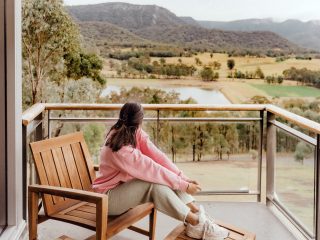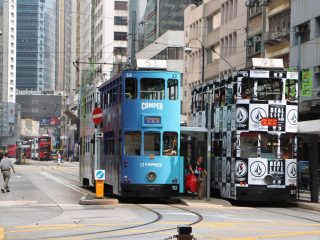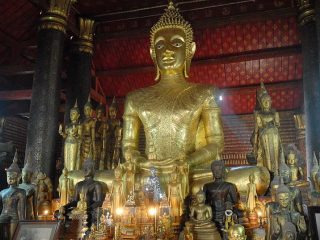Quietly nestled on the northern coast of Seychelles’ Praslin Island lies a tiny granitic islet that is fast gaining popularity as one of the county’s most popular tourist attractions. Dubbed Curieuse Island this 1.78 square mile land mass is home to two natural icons in the country; the indigenous Coco De Mer palm trees that are only found on two islands and the equally unique Curieuse National Marine Park. Bursting with ecological diversity and a rich native wildlife population Curieuse National Marine Park is a point of interest that is not just suited for marine biologists and explorers; but also those with a love of exotic wildlife in a tropical setting that is both visually and elementally akin to a paradise one can encounter on this earth.
Declared a state protected conservation area as far back as 1979 the island was rebranded as a national park to safeguard the delicate ecosystem as well as the survival of the native wildlife inhabitants of the island. The initiative has been successful thus far as the island remains in pristine condition with minimal development save for walking trails and visitor centres established for the benefit of tourists. One of the marine park’s signature attributes is of course its extensive population of Aldabra Giant Tortoises. The island is supposedly home to a whopping 500 of these large tortoises with 200 living in the wild and 300 spending their days at the Ranger’s Station.
Travellers who are avid hikers can head to the southern fringes of the park where a mangrove laden swamp area is crisscrossed with scenic walking trails. Botanists will notice the rare and indigenous plant life in the island which includes larger than life Takamaka trees and the captivating Coco De Mer palms while bird enthusiasts will catch glimpses of massive Hawksbill Turtle rookeries and the near extinct Seychelles Black Parrot which is only found on Praslin Island and the Curieuse Marine National Park.
The area dubbed Baie Laraie in the sanctuary is also home to giant Humphead Parrotfish that can grow to be more than a metre in length. Culture buffs and historians should go over to the other side of the island dubbed Anse St. José by walking across the boardwalk surrounded by mangroves where a museum which served as a doctor’s residence to a nearby leper colony, and other remnants of colonial Creole architecture are found. The beach in front of the museum is an area that is popular as an egg laying point for sea turtles and visitors will come across conservationists that have set up a satellite camp at the venue.
Travellers on the lookout for luxury Seychelles resorts will be more than pleased with the elegant Raffles Praslin Seychelles. Offering guests plush guestrooms complete with modern amenities this lovely Seychelles hotel is a charming rest for both holidaymakers and corporate travellers.





